Renault wants its EV sales to reach 1 million units by 2031, focusing on the small and compact segments
4 hours ago
 –>
–> 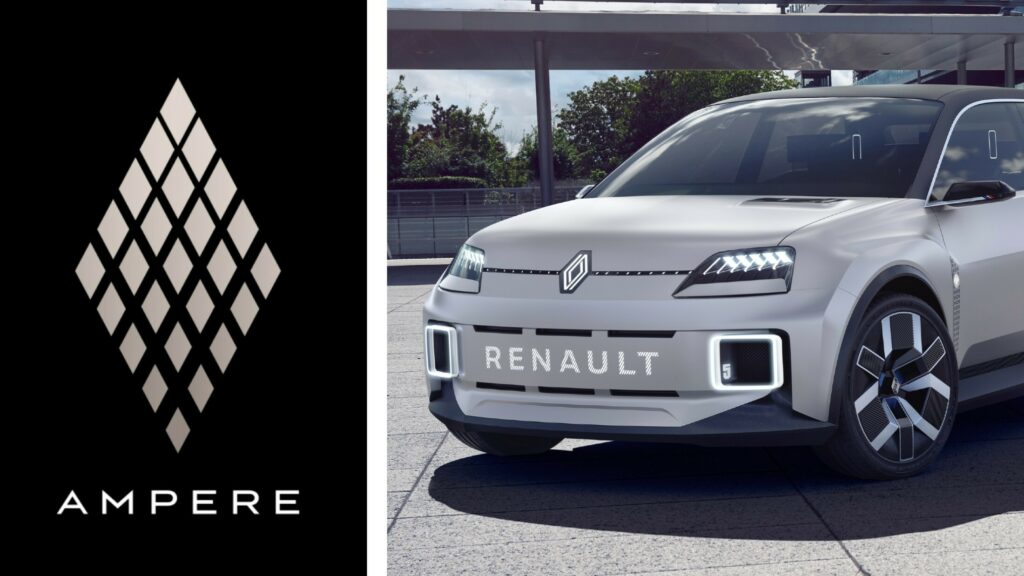
–>
Renault’s Ampere, an independent unit dedicated to developing EVs and software for the European market, unveiled new details about its plans during its market day presentation. Ampere aims to produce seven fully electric models for Renault, including two next-generation models, by 2031. These vehicles will be based on two modular EV-native architectures, with additional zero-emission offerings in the pipeline for partner brands Alpine, Nissan, and Mitsubishi
As a part of the wider “Renaulution” plan, Ampere transitioned into an autonomous entity on November 1st, aligning with its role in bolstering the electrification strategy of the Renault Group. Luca de Meo, CEO of the Renault Group, stated, “Ampere is an ambitious, holistic, and structural response of the European industry to the challenges coming from East and West” adding that its goal is “to make electric and connected cars affordable for all”.
Upcoming EV Launches For Renault, Alpine, Nissan, and Mitsubishi
Renault’s expanded EV lineup will cover the A-, B- and C-Segments, ranging from city cars to family crossovers. According to the automaker the B- and C-Segments are expected to represent as much as 75% of the EV market by 2030.
advertisement scroll to continue
More: Renault To Launch 8 New Models For Markets Outside Europe By 2027
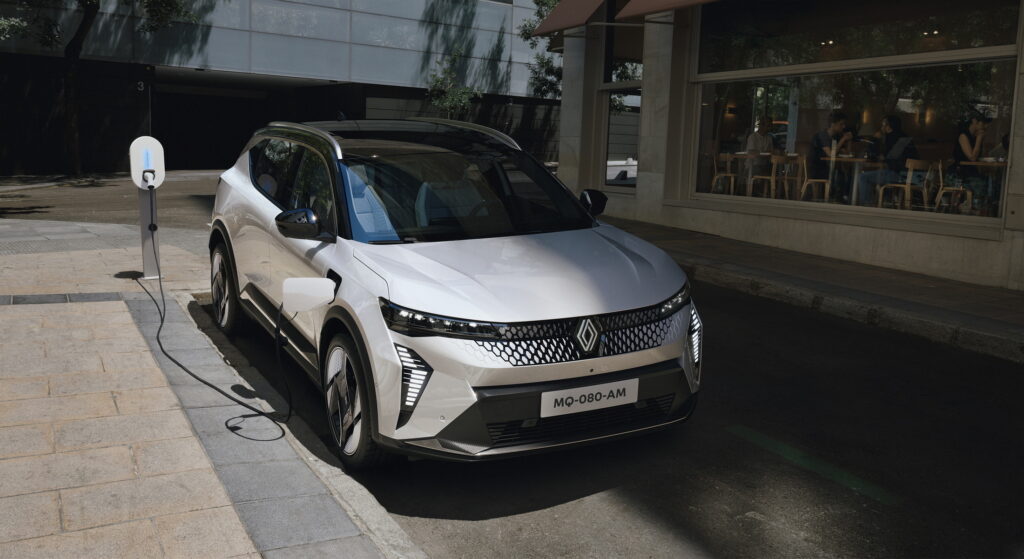
The first of Renault’s new generation EVs is the Megane E-Tech which debuted in 2022 and starts at €38,000 ($41,260). Luca de Meo admitted that the compact crossover is kind of a niche product due to its hatchback-like silhouette and expensive price, although it brought new customers to the brand. The Megane will be followed by the mechanically related family-friendly Renault Scenic E-Tech in early 2024 with a starting price of around €40,000 ($43,427) and a focus on lightweight sustainable materials.
Next up is the Renault 5 electric supermini which will debut on February 2024 in Geneva with a starting price of €25,000 ($27,144). The R5 will have a 400 km (249 miles) range, and come equipped with the “Revo avatar” virtual co-pilot utilizing artificial intelligence. The Renault 4 will follow in 2025, based on a stretched version of the same architecture with a more adventurous stance positioning it in the B-SUV segment.
The highlight of the presentation is the fourth-generation Renault Twingo – an urban EV with a targeted starting price below the €20,000 ($21,716) mark before subsidies when it arrives by 2026. Renault mentioned a “best-in-class efficiency” of 10 kWh/100km, and 75% lower CO2 emissions throughout its lifecycle compared to the average European ICE vehicle sold in 2023. The model will compete with the upcoming VW ID.1, Citroen e-C3, and Fiat Panda EVs in Eruope’s A-Segment.
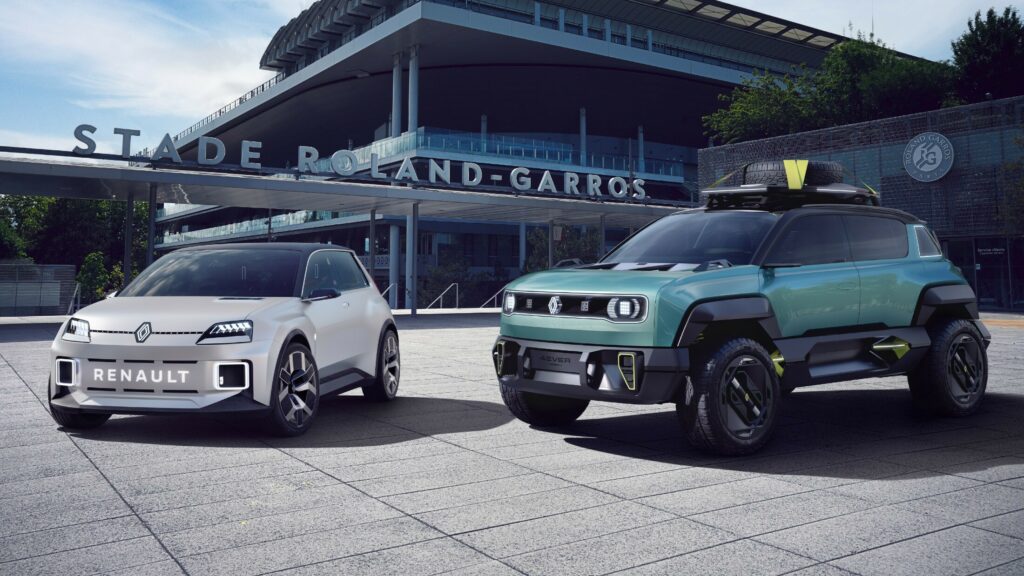
Renault also announced two more EVs that will debut in 2027 and 2028 respectively, serving as the successors of the Megane E-Tech and Scenic E-Tech and promising significant cost reductions compared to the existing models.
Besides the Renault-branded offerings, Ampere will also produce at least 2 new EVs for Alpine, the next generation of the Nissan Micra, and a yet-unnamed new compact SUV for Mitsubishi. The new entity will also support Dacia’s electrification plan and provide software solutions for the entire Renault Group.
Last but not least, the first software-defined vehicle (SDV) will launch in 2026, bringing high levels of connectivity and upgradeability throughout its lifecycle. Luca de Meo said that the over-the-air upgrades will allow the automaker to keep the SDV in its catalog potentially for ever, adding new software-enabled features at a certain cost.
Two Platforms And Drastically Reduced R&D Costs
All of the aforementioned models will ride on two modular architectures – the AmpR Small (CMF-BEV) for the B-Segment and the AmpR Medium (CMF-EV) for the C-Segment – with the aim of significantly reducing R&D and production costs.
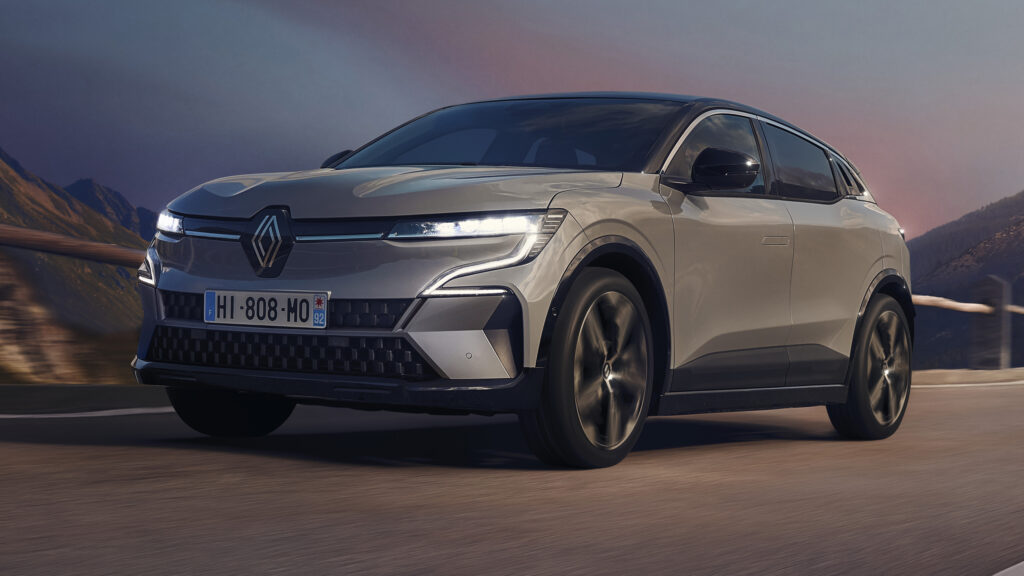
More specifically, Ampere targets a 40% cost reduction between the 1st and 2nd generation of compact EVs by 2027-2028. This target is broken down to a 50% reduction in battery cost, a 25% reduction in the cost of the electric powertrain, a 25% reduction in platform cost, and a 15% reduction in upper body cost per vehicle, alongside an additional 50% reduction of manufacturing and logistic costs.
Renault hopes that the reduced costs will help it reach “EV / ICE price parity” before rival brands in 2027-2028 with the successors of the Megane E-Tech and Scenic E-Tech.
EVs Made In France
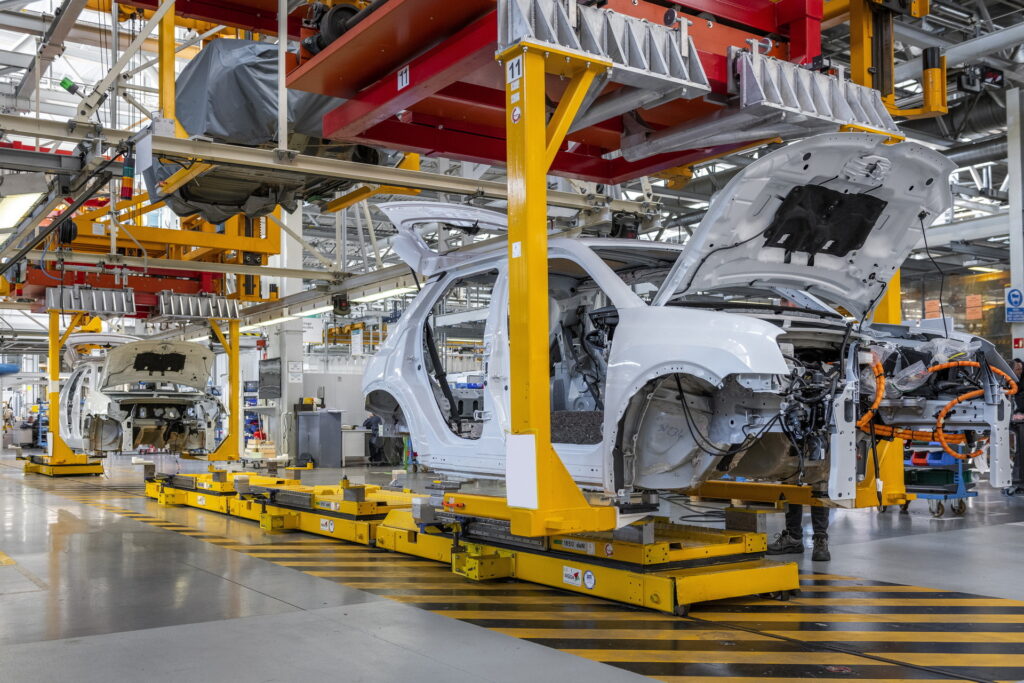
Ampere plans to build the EVs in France, taking advantage of Renault Group’s ElectriCity facilities. The assembly will take place in Douai and Maubeuge, the battery cases and electric components will be built in Ruiz, while the electric powertrain will be produced in Cleon.
The manufacturing capacity is set to grow from the initial 400,000 units per year to 620,000 per year by 2028. This, in combination with the expanded lineup, will allow a targeted increase in EV sales from 45,000 units in 2023, to around 300,000 units in 2025, and close to 1,000,000 units by 2031 representing a market share of 10% in Europe.
The projected revenue is anticipated to increase from €2.8 billion in 2023 to €10 billion in 2025 and further exceed €25 billion by 2031. In terms of the operating margin, the objective is to achieve breakeven in 2025 and steadily grow to exceed 10% of the revenue starting from 2030.


